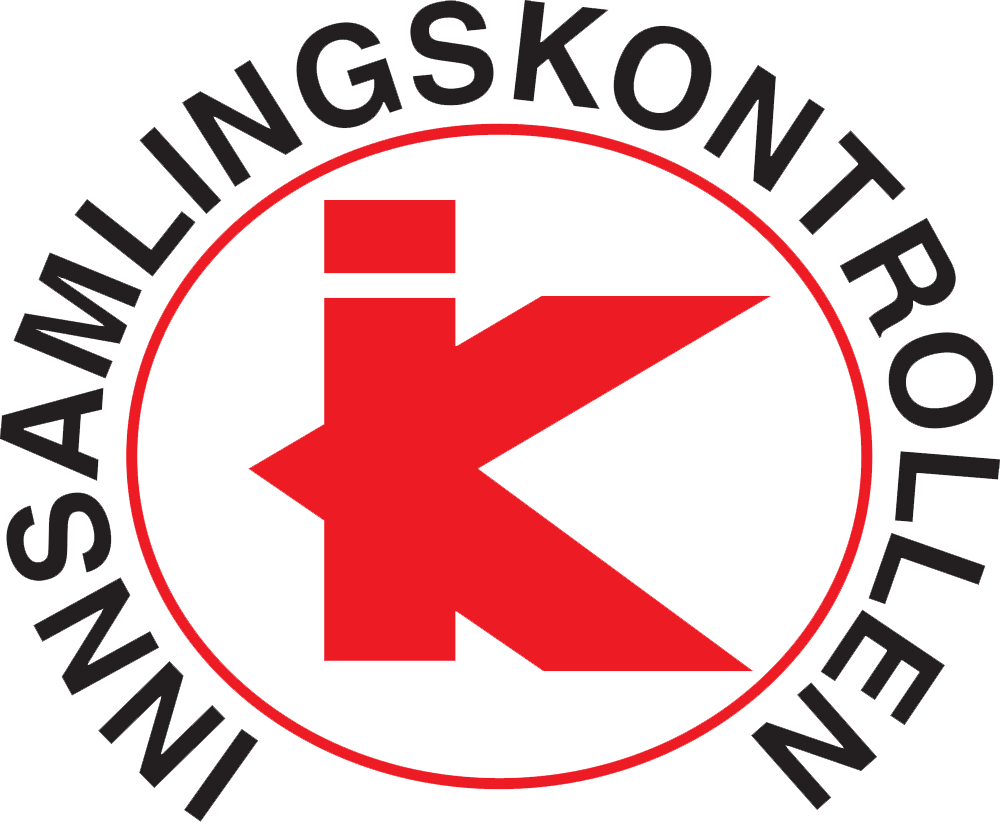
Pathophysiologycaemia risk in insulin-treated diabetes patients
Pathophysiologycaemia risk in insulin-treated diabetes patients:more than the sum of the parts? Typ 1 diabetes
Whether you indulge in a chocolate bar or run a marathon, the pancreatic islet hormones, insulin (lowers blood sugar) and glucagon (elevates glucose) collectively ensure that your blood sugar levels remain -Igjlitre. This delicate balance becomes defective in type-1 diabetes.
People with type-1 diabetes must be treated with insulin but it must be carefully dosed so that blood glucose does not fall below the normal range (hypoglycaemia). Normally, hypoglycaemia triggers strong stimulation of glucagon release but this does not occur in patients with type-1 diabetes, This increases the risk of hypoglycaemia and may result in coma and death,
We believe that this defect arises because of metabolic defects in the glucagon-producing cells, which are compounded by oversecretion of third islet hormone (somatostatin). Our aim is to identify the defects in the glucagon-producing cells and to devise new therapies that restore
glucagon secretion.

